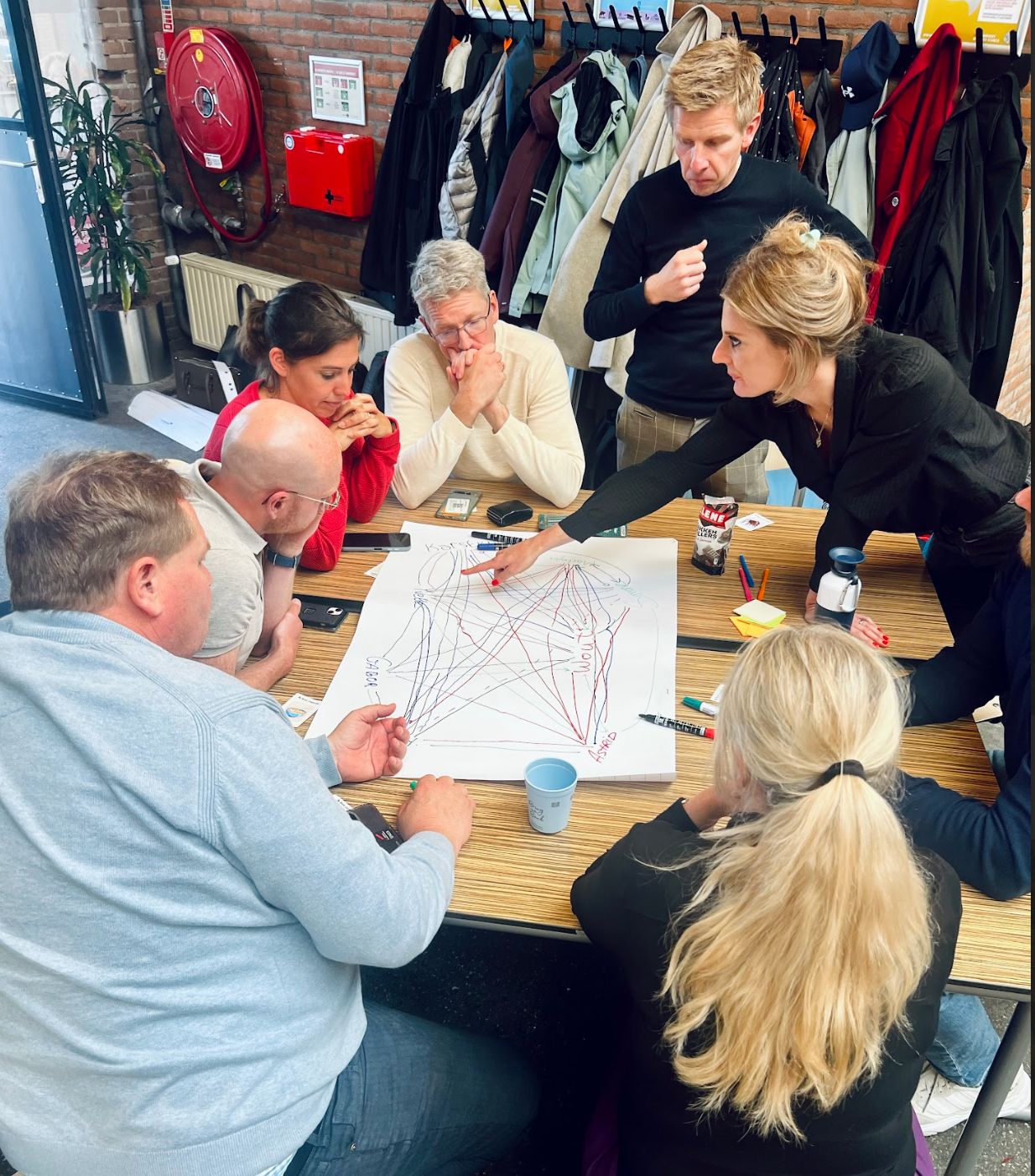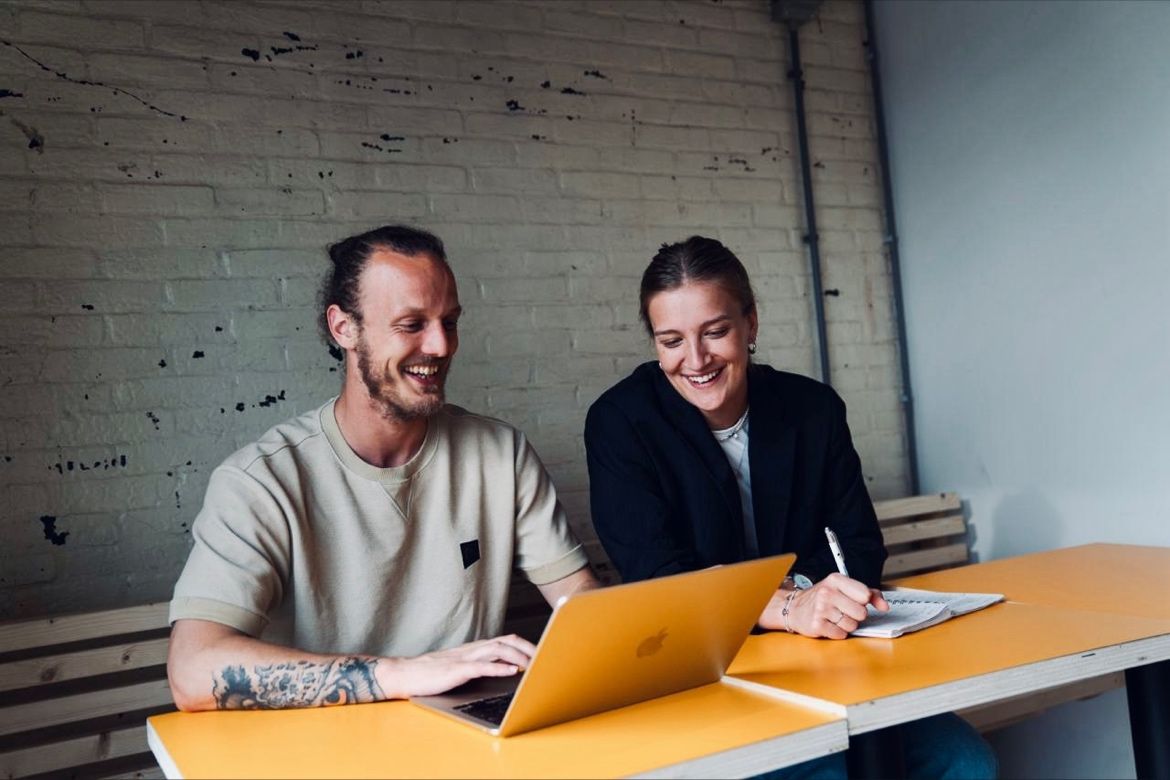Do you sometimes feel less connected to where you live or work? A community of location can help get that sense of connection back. It is a group of people coming together through shared locations and experiences.
Read on and find out why it matters.
A community of location is a group of people connected by a specific geographical place. This could be the neighbourhood where you live, a city you visit or a place where you work. In his work, Ferdinand Tönnies called this “Gemeinschaft”, referring to small, close-knit communities. Here, it is often about shared experiences and strong social cohesion. You find that members of such a community often work together to achieve common goals. Think of a neighbourhood initiative for cleaner streets or collective action against nuisance. This connection is not created by shared interests, but by the physical space you share.
A geographical location strengthens the connection between people in a community. It increases interaction and motivates joint action.
Places form their identity through a combination of location, cultural influences and material form. You see this reflected in architecture, which not only displays buildings but also reflects experiences and traditions. Big cities often exude pride through iconic buildings such as the Erasmus Bridge in Rotterdam. Smaller cities reinvent themselves by creating new identities, such as cultural festivals or local initiatives. A strong common identity strengthens the sense of belonging within a community of place. People share pride in what makes their surroundings unique. You can notice this during events such as the Vierdaagse Feesten, where you come together to celebrate Dutch culture. This identity creates a bond that goes beyond physical boundaries or differences in background.
A shared identity within a community strengthens social connections. You feel more quickly connected to others when there is more frequent contact and sharing of the same lifestyle. Social connections give a sense of security and well-being. You find that you are more likely to get support from others in a close-knit community. In urban areas, closer to centres of power, you experience less deep social networks. These differences influence how people come together and interact in a community of place.
A strong social connection encourages collective responsibility. In a community of place, you not only share space, but also obligations. Place plays a crucial role in this. Your surroundings can create solidarity. Local networks strengthen the sense of belonging. A community with shared goals creates joint efforts. You contribute to maintaining social structures and shared identities in your neighbourhood.
There are different types of communities associated with locations, each with unique characteristics and goals. Find out how these groups can strengthen your environment.
Social pressure is created by invisible barriers such as high property prices and limited access to amenities. This divides people within a community of location into groups with different opportunities. You find that this affects the connections between residents. In a neighbourhood where isolation and individualism grow, anonymity can prevail. Diversity and tolerance actually play a crucial role in counteracting these effects. By encouraging public participation and networking, you can strengthen a sense of solidarity. In a community of circumstance, people often share unexpected situations or shared experiences. This creates temporary collective action within a fixed geographical location, such as during floods or strikes. Such moments create unique connections that transcend social differences. You experience how these circumstances foster cooperation even among individuals with little common identity. This leads directly to the mentioned types of community of location.

To build a Community of Purpose, you need clear goals and an active approach. Maintaining it requires commitment and strategy.
Target group analysis
We map the needs, interests and behaviour of the target group. This forms the basis for a successful community strategy.
Concept development and strategy
We develop a strong community concept and define the strategy to engage and activate the target group.
Ambassador programme
We identify and support core members who act as ambassadors and help strengthen the community.
Events
We organise both online and offline events to encourage connection and interaction within the community.
Stakeholders & partner management
We engage relevant stakeholders and build valuable partnerships that strengthen the community.
Community communication
We create and manage effective communication channels to promote community engagement and interaction.
Platform selection and technology
We select and implement the right platform and technical tools that optimise the community experience.
Support & advice
We provide guidance, monitoring and continuous optimisation to ensure community growth and impact.
A community of location connects people through shared places and experiences. It creates a sense of safety, loyalty and togetherness. You can strengthen such a community by actively participating in local initiatives. Think about how your environment influences your values and identity. They shape not only your personal life, but also collective actions and shared connections. Contribute to your location by being involved and making a positive impact. Contact us for more information!
A community of place is a group of people connected by a shared location. They often work together on collective actions to improve their environment.
There are different types of communities, such as communities of place, communities of practice and customer communities. Each type has a different focus and purpose.
A community is often created when people with a shared passion find each other. This can lead to collaboration and knowledge sharing within the group.
Customer communities focus on customers sharing experiences about products or services. Communities of practice consist of professionals working together to improve their skills and share knowledge.
